- News
- Reviews
- Bikes
- Accessories
- Accessories - misc
- Computer mounts
- Bags
- Bar ends
- Bike bags & cases
- Bottle cages
- Bottles
- Cameras
- Car racks
- Child seats
- Computers
- Glasses
- GPS units
- Helmets
- Lights - front
- Lights - rear
- Lights - sets
- Locks
- Mirrors
- Mudguards
- Racks
- Pumps & CO2 inflators
- Puncture kits
- Reflectives
- Smart watches
- Stands and racks
- Trailers
- Clothing
- Components
- Bar tape & grips
- Bottom brackets
- Brake & gear cables
- Brake & STI levers
- Brake pads & spares
- Brakes
- Cassettes & freewheels
- Chains
- Chainsets & chainrings
- Derailleurs - front
- Derailleurs - rear
- Forks
- Gear levers & shifters
- Groupsets
- Handlebars & extensions
- Headsets
- Hubs
- Inner tubes
- Pedals
- Quick releases & skewers
- Saddles
- Seatposts
- Stems
- Wheels
- Tyres
- Health, fitness and nutrition
- Tools and workshop
- Miscellaneous
- Cross country mountain bikes
- Tubeless valves
- Buyers Guides
- Features
- Forum
- Recommends
- Podcast
review
£1,000.00
VERDICT:
Easy to live with gravel and adventure bike that would benefit from better brakes and wheels
Good ride quality
Large spread of gear ratios
Decent tyre clearance
Brakes lack precision
Tall standover height
Tough competition out there
Weight:
10,450g
Contact:
At road.cc every product is thoroughly tested for as long as it takes to get a proper insight into how well it works. Our reviewers are experienced cyclists that we trust to be objective. While we strive to ensure that opinions expressed are backed up by facts, reviews are by their nature an informed opinion, not a definitive verdict. We don't intentionally try to break anything (except locks) but we do try to look for weak points in any design. The overall score is not just an average of the other scores: it reflects both a product's function and value – with value determined by how a product compares with items of similar spec, quality, and price.
What the road.cc scores meanGood scores are more common than bad, because fortunately good products are more common than bad.
- Exceptional
- Excellent
- Very Good
- Good
- Quite good
- Average
- Not so good
- Poor
- Bad
- Appalling
The Merida Silex 200 is a slightly different take on a gravel bike in terms of geometry, but its more upright riding position is comfortable, and lots of exposed seatpost adds plushness. It has a quality frame and fork, although for the money the component list is a bit lacking compared with some tough opposition.
> Find your nearest dealer here
Ride
I wouldn't normally kick off a bike review by delving straight into the geometry, but it's kind of what really defines the Silex and separates it from the majority of gravel bikes on the market.
Most are based roughly on endurance style road bikes, but the Silex takes its design cues from the world of mountain biking, with a long top tube, a tall head tube and an increased fork length.
Looking at the geometry shows that the stack height (the height from the centre of the bottom bracket shell to the top of the head tube) of this medium model is 625mm, with a reach (the distance from the bottom bracket shell to the head tube, horizontally) of 400mm. Both are much bigger than you'd normally expect on a bike of this size.
Add in a 71-degree head angle and I was expecting some very relaxed/borderline sedate riding characteristics with sluggish handling. Merida has limited this, though, by speccing a short 80mm stem.
> A-Z of cycling jargon: find out what over 150 strange terms really mean
What I found was that the Silex is a very predictable machine, so if you have to cover some serious mileage, or want a bike that isn't going to be tricky or twitchy to ride on a changeable surface, the Merida is a good choice.
One thing I would say, though, is that at speeds below 10mph the steering can feel a little ponderous, a bit vague on some steep climbs or when negotiating tricky bits of singletrack compared with other gravel bikes I've ridden, but you soon adapt.
I also noticed, like Matt who reviewed the Silex 600 for off.road.cc, that because of the upright position it is quite easy to get the front wheel to pop up if you're riding aggressively on a climb.
Away from that, though, the Silex is a very comfortable machine to ride, especially over long distances. This is definitely more of an adventure bike than a gravel racer.
Being sat just that little bit more upright takes the pressure off the contact points and lower back, which on longer rides of four or five hours makes a big difference to comfort and efficiency.
The 1,060mm wheelbase gives a feeling of stability, and while the short stem increases the steering speed, it is still very neutral, so the Merida is also very easy to ride, especially so when you have bags attached for a bit of bikepacking.
The aluminium alloy frame delivers a pleasant ride feel, although with large volume tyres it's easier to mask any harshness than it is on a road bike.
Overall stiffness is good too – ideal for when climbing out of the saddle or if you want to get a move on, on the flatter sections.
When it comes to descending, the Silex handles well on all but the most technical of terrains. There are decent levels of feedback through the frame and fork, which allow you to feel exactly what the bike is up to beneath you.
The only thing that would really hold me back a bit on the downhills are the brakes. The cable-operated mechanism just doesn't offer the power or modulation of a hydraulic system or even a sorted rim brake calliper.
Frame and fork
The Silex Lite frame is made from 6066 series aluminium alloy, hydroformed to create the tube shapes.
The finish is decent enough – it's not the smoothest welding I've seen but it's okay, and covered well by a thick layer of paint.
Merida has chosen to go for a press-fit BB86 bottom bracket, which isn't going to be to everyone's taste for a bike that will spend its life predominantly off-road, due to the possibility of creaking if water and grit manage to get in between the mating surfaces. There have been quite a few wet rides on the Silex, though, and I haven't had any issues so far.
The Silex has mounts for three bottle cages, plus there are mounts on the fork legs too, so should you wish to go bikepacking, the Merida will carry a lot of kit securely. It'll also take mudguards.
Up front, the CF-2 fork is made from full carbon fibre and has a tapered steerer for increased stiffness under braking and steering loads. It copes with everything well, showing no signs of flex where you don't want it and, like the frame, has clearance for up to 42mm tyres.
As with the frame, it also uses flat mounts for the brake callipers and 12mm thru-axles for wheel retention.
For a clean look the Silex has internal cable routing through the front triangle before it exits beneath the bottom bracket. This means the mech cables leave the frame and get covered in all the mud and water being sprayed up from the front wheel, but Merida has sensibly run full outer cable housing right up to the mechs, which will keep them clean and running smoothly.
The Silex comes in five sizes from XS through to XL, and as I said earlier, the geometry is a little different to what we are used to.
This medium has a 579mm top tube, 200mm head tube and a 500mm seat tube. It does have quite a steep seat tube angle at 74 degrees, but this aids climbing, putting you in a more forward position to get the power out.
I mentioned the stack and reach figures earlier saying how they are larger than expected, but for a bit of clarity it's worth remembering that other components come into play when it comes to your position.
Include the stem length and things are much more normal. My gravel bike has a 540mm top tube and a 160mm head tube which gives a reach of 382mm. Add my 110mm stem into the equation, though, and the distance to the handlebar from the saddle is pretty much the same.
Groupset
The Silex 200 is based primarily around a Shimano Sora groupset – well, you are getting the STI levers, front mech and rear mech. Added to those are an FSA Omega chainset with 48/32-tooth chainrings and a Shimano CS-HG200 9-speed cassette that goes from 11 teeth up to 34.
Personally, I prefer a 2x setup on a gravel bike and this is a decent spread of gears for me, giving suitable ratios at the upper and lower ends. Overall weight of the Merida is 10.45kg, so I didn't feel like I needed a massive bailout gear.
Shifting from the Sora group is decent enough, mimicking that of previous editions of 105, but without quite as defined a click at the lever. It's not something you'll notice in isolation, though.
The brakes are Promax DSK-330R and as I've mentioned they are cable operated. Unlike hydraulic systems that apply the pads from both sides of the calliper, these move from only one side which is a little disconcerting when you see how much the rotor flexes.
Braking performance isn't that impressive, although it does get better once the 160mm rotors have seen a bit of bad weather and bedded in.
There isn't a huge amount of power there, and you don't get the levels of modulation that you do from more expensive systems. You can fettle around with the setup to get things just right, but it's an extra faff that you don't get with hydraulic calipers.
Finishing kit
The rest of the components are Merida branded.
The Expert GR handlebar is aluminium (as are all of the components) and has a shallow drop plus what looks to be about a 12-degree flare at the drops. This helps the handling on rough terrain, giving you a slightly wider stance.
The seatpost is 30.9mm in diameter and has zero set-back, the inline position adding to that steep seat angle to benefit climbing.
Saddle-wise, it's a Merida Comp CC. I got on fine with the shape, although the padding is a little too squishy for my tastes; we're all different in this respect, though.
Wheels and tyres
The Merida Comp SL rims are just 17mm wide internally which limits their tyre compatibility; the 38mm tyres fitted here already look quite bulbous on them and will only get worse if you go to the frame's limit of 42mm.
They aren't tubeless compatible either, something I would like to see on a gravel bike.
They are tough, though, and while the rear was slightly out of true when the bike turned up, they haven't got any worse while taking on plenty of abuse from the local gravel trails.
Maxxis supplies the tyres in the form of its Rambler. A medium-level tread allows them to grip well on hardpacked surfaces and loose gravel. Like most gravel tyres, though, go anywhere near soft mud and you'll struggle.
Puncture proofing wasn't an issue, even with the tail end of the hedge cutting season leaving debris all over the local lanes. Should you find yourself on the road then they zing along pretty well and offer decent cornering grip too.
Value
The £1,000 point is a very busy area in the gravel world, and I can't help feeling that the Silex 200 is a little under-specced for the money.
The Genesis CDA 30 is a bit heavier, but for the same money comes with Shimano GRX gearing mated to Tiagra shifters, which is a far superior setup than that found on the Merida.
> Buyer’s Guide: The best gravel & adventure bikes for under £1,000
For just £200 more you could go for the Merlin Malt G2X which is around the same weight but comes with a full hydraulic GRX groupset and tubeless-ready wheels. It has more tyre clearance too.
Conclusion
Overall, I like the ride quality and the geometry of the Silex, especially for those longer trips on the gravel. There is some tough opposition out there, though, and the Merida just doesn't quite hit the mark on the component front.
Verdict
Easy to live with gravel and adventure bike that would benefit from better brakes and wheels
road.cc test report
Make and model: Merida Silex 200
Size tested: M
About the bike
List the components used to build up the bike.
BRAKES: Promax DSK-330R
ROTORS: Promax G160
BRAKE LEVER: Shimano Sora
HEADSET: MERIDA M2331
HANDLEBAR: MERIDA EXPERT GR
HANDLEBAR STEM: MERIDA COMP CC
GRIP: MERIDA ROAD COMP
DERAILLEUR (F): Shimano Sora
DERAILLEUR (R): Shimano Sora
SHIFTERS: Shimano Sora
CHAIN: KMC M99
CHAINWHEEL: FSA Omega
FREEWHEEL: Shimano CS-HG200
BOTTOM BRAKET: FSA PF86 MegaExo
HUBS: VP 173SB / VP 273SB
RIM: MERIDA COMP SL
AXLES: MERIDA EXPERT SL
SPOKES: Black stainless
TYRES: Maxxis Rambler
Tell us what the bike is for and who it's aimed at. What do the manufacturers say about it? How does that compare to your own feelings about the bike?
Merida says, "The SILEX standing on 700c wheels, is the perfect 'all-road' bike which loves lanes, forest tracks and gravel."
It is a capable off-road machine that also copes well with a bit of bikepacking kit.
Where does this model sit in the range? Tell us briefly about the cheaper options and the more expensive options
This the entry-level model. There are seven models above it, with a mixture of alloy or carbon frames, all the way up to the Silex+ 8000-E.
Frame and fork
Overall rating for frame and fork
7/10
Tell us about the build quality and finish of the frame and fork?
The build quality and finish of the frame and fork is to a good level.
Tell us about the materials used in the frame and fork?
The frame uses a hydroformed 6066 aluminium alloy tubeset, paired to a full-carbon fibre fork.
Tell us about the geometry of the frame and fork?
The geometry is closer to that of a mountain bike than a road bike, but it works.
How was the bike in terms of height and reach? How did it compare to other bikes of the same stated size?
The stack and reach figures look extreme in isolation, but when you factor things like stem length into the equation they are not so far from the norm. The tall head tube does give an upright position, though.
Riding the bike
Was the bike comfortable to ride? Tell us how you felt about the ride quality.
Yes. The frame and fork don't feel harsh in terms of ride quality.
Did the bike feel stiff in the right places? Did any part of the bike feel too stiff or too flexible?
Stiffness levels are pretty good, especially around the bottom bracket and head tube areas.
How did the bike transfer power? Did it feel efficient?
Power transfer is fine. The stiffness of the frame and sensible gearing mean that the Silex is pretty responsive.
Was there any toe-clip overlap with the front wheel? If so was it a problem?
No.
How would you describe the steering? Was it lively neutral or unresponsive? Neutral.
Tell us some more about the handling. How did the bike feel overall? Did it do particular things well or badly?
The handling is very neutral, although it can feel a little vague at very slow speeds.
Which components had the most effect (good or bad) on the bike's comfort? would you recommend any changes?
The saddle offers good levels of padding.
Which components had the most effect (good or bad) on the bike's stiffness? would you recommend any changes?
The handlebar has good stiffness levels, even when riding hard in the flared drops.
Which components had the most effect (good or bad) on the bike's efficiency? would you recommend any changes?
The Silex has a good set of gear ratios for all kinds of terrain.
Rate the bike for efficiency of power transfer:
7/10
Rate the bike for acceleration:
7/10
Rate the bike for sprinting:
7/10
Rate the bike for high speed stability:
7/10
Rate the bike for cruising speed stability:
8/10
Rate the bike for low speed stability:
7/10
Rate the bike for flat cornering:
8/10
Rate the bike for cornering on descents:
7/10
Rate the bike for climbing:
7/10
The drivetrain
Rate the drivetrain for performance:
7/10
Rate the drivetrain for durability:
8/10
Rate the drivetrain for weight:
7/10
Rate the drivetrain for value:
6/10
Tell us some more about the drivetrain. Anything you particularly did or didn't like? Any components which didn't work well together?
A good spread of gearing components, but the brakes lack power.
Wheels and tyres
Rate the wheels for performance:
7/10
Rate the wheels for durability:
8/10
Rate the wheels for weight:
7/10
Rate the wheels for comfort:
7/10
Rate the wheels for value:
6/10
Tell us some more about the wheels.Did they work well in the conditions you encountered? Would you change the wheels? If so what for?
Quite narrow for gravel tyres, and they aren't tubeless ready.
Rate the tyres for performance:
7/10
Rate the tyres for durability:
8/10
Rate the tyres for weight:
7/10
Rate the tyres for comfort:
7/10
Rate the tyres for value:
6/10
Tell us some more about the tyres. Did they work well in the conditions you encountered? Would you change the tyres? If so what for?
A decent tread pattern for use on the gravel, and they seem durable after use on and off the road.
Controls
Rate the controls for performance:
7/10
Rate the controls for durability:
8/10
Rate the controls for weight:
7/10
Rate the controls for comfort:
8/10
Rate the controls for value:
6/10
Tell us some more about the controls. Any particularly good or bad components? How would the controls work for larger or smaller riders?
Good quality components, and I especially like the flared handlebar which gives extra stability on rough descents.
Your summary
Did you enjoy riding the bike? On the whole, yes.
Would you consider buying the bike? Possibly
Would you recommend the bike to a friend? Yes
How does the price compare to that of similar bikes in the market, including ones recently tested on road.cc?
It's up against some tough opposition from the likes of the Genesis and Merlin mentioned in the review.
Rate the bike overall for performance:
7/10
Rate the bike overall for value:
5/10
Use this box to explain your overall score
On the whole, the Silex 200 is a decent bike that is fun and easy to ride off-road. At its heart is a quality frameset backed up with a quality build, though it's a little bit lower spec than often seen at this price point.
About the tester
Age: 42
I usually ride: This month's test bike My best bike is: B'Twin Ultra CF draped in the latest bling test components
I've been riding for: Over 20 years I ride: Every day I would class myself as: Expert
I regularly do the following types of riding: time trialling, commuting, club rides, sportives, fixed/singlespeed,
Since writing his first bike review for road.cc back in early 2009 senior product reviewer Stu has tested more than a thousand pieces of kit, and hundreds of bikes.
With an HND in mechanical engineering and previous roles as a CNC programmer/machinist, draughtsman and development engineer (working in new product design) Stu understands what it takes to bring a product to market. A mix of that knowledge combined with his love of road and gravel cycling puts him in the ideal position to put the latest kit through its paces.
He first made the switch to road cycling in 1999, primarily for fitness, but it didn’t take long for his competitive side to take over which led to around ten years as a time triallist and some pretty decent results. These days though riding is more about escapism, keeping the weight off and just enjoying the fact that he gets to ride the latest technology as part of his day job.
Latest Comments
- mallardz 17 min 37 sec ago
Unfortunately you can't really have just one bike for everything in London (or many places in the UK) because of theft. ...
- fenix 33 min ago
Weird choice of photo. Why a crash ?
- Gkam84 2 hours 59 sec ago
I think that is why blind eyes have been turned in the UK, internationally aswell, with things like the Redhook crits, there were many licensed...
- Surreyrider 2 hours 19 min ago
You're going to be writing that a lot in the coming months and years, unfortunately for you.
- mdavidford 3 hours 10 min ago
Ahem - other esporters(?) might be rather surprised to hear that the UCI has taken over their events - I think that would be the Cycling Esports...
- Bungle_52 3 hours 19 min ago
I wonder how he got to the game?
- OldRidgeback 3 hours 21 min ago
You'd need some good wet weather gear for that ride too.
- OnYerBike 5 hours 45 min ago
It seems to me that the most likely explanation is that whoever provided that quote fails to grasp the difference between a "public right of way"...
- andystow 5 hours 51 min ago
That article is far too kind to Moses. I highly recommend reading The Death and Life of Great American Cities. Despite the title, it applies to...



































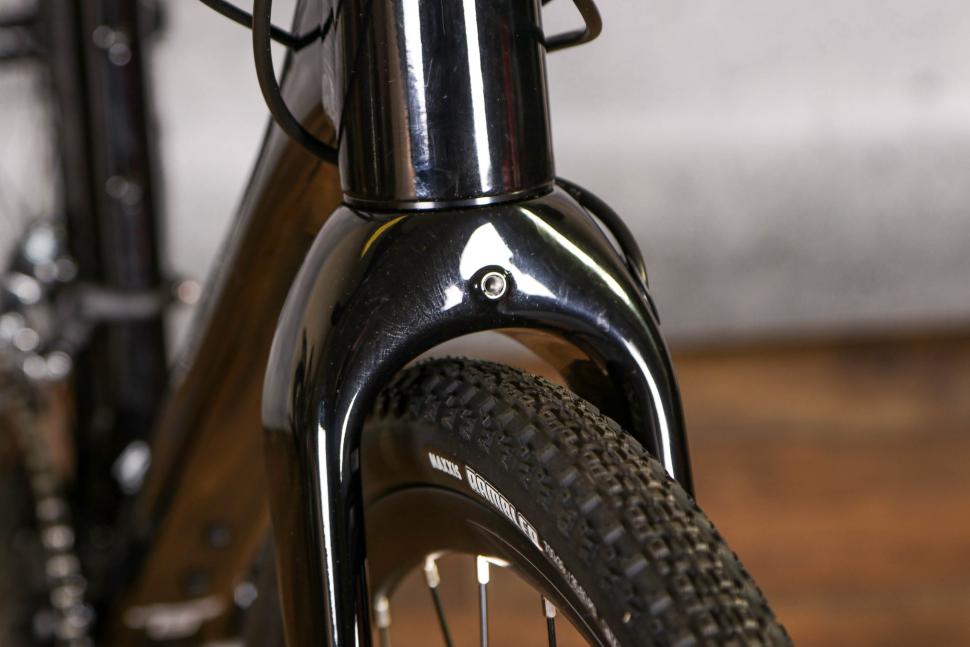
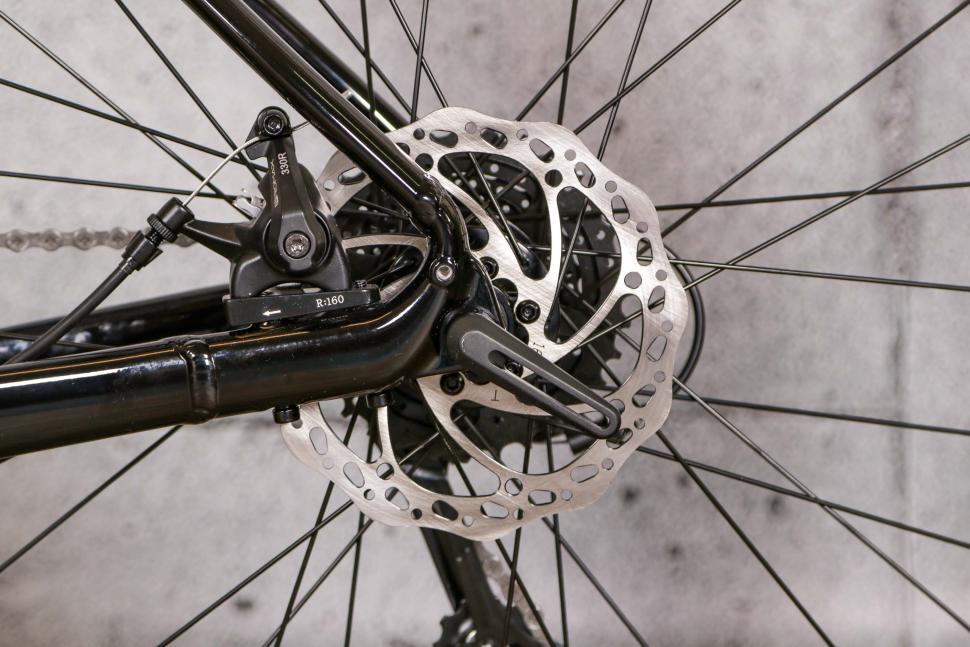

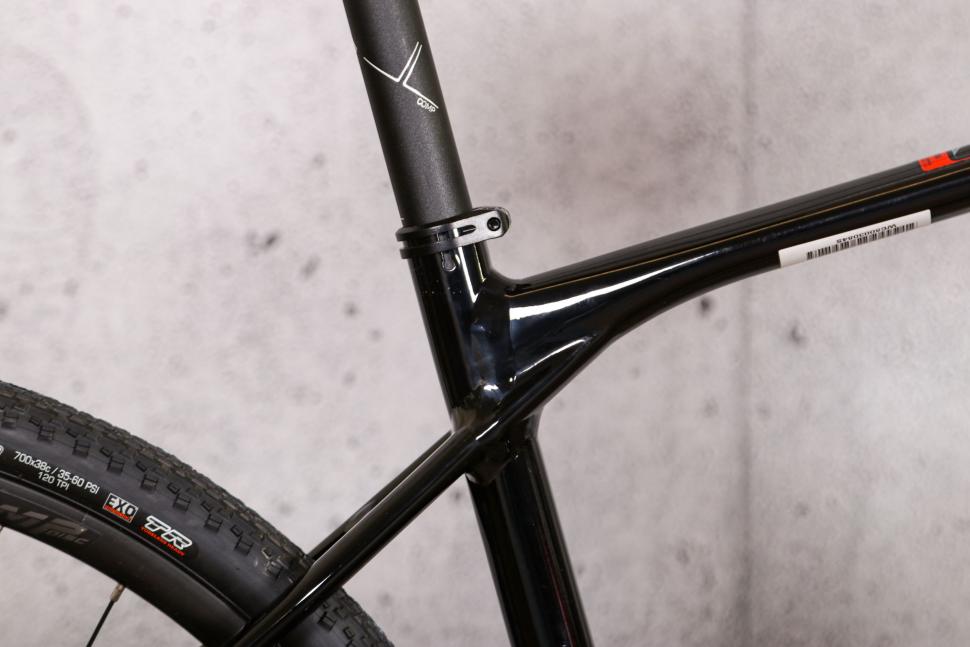

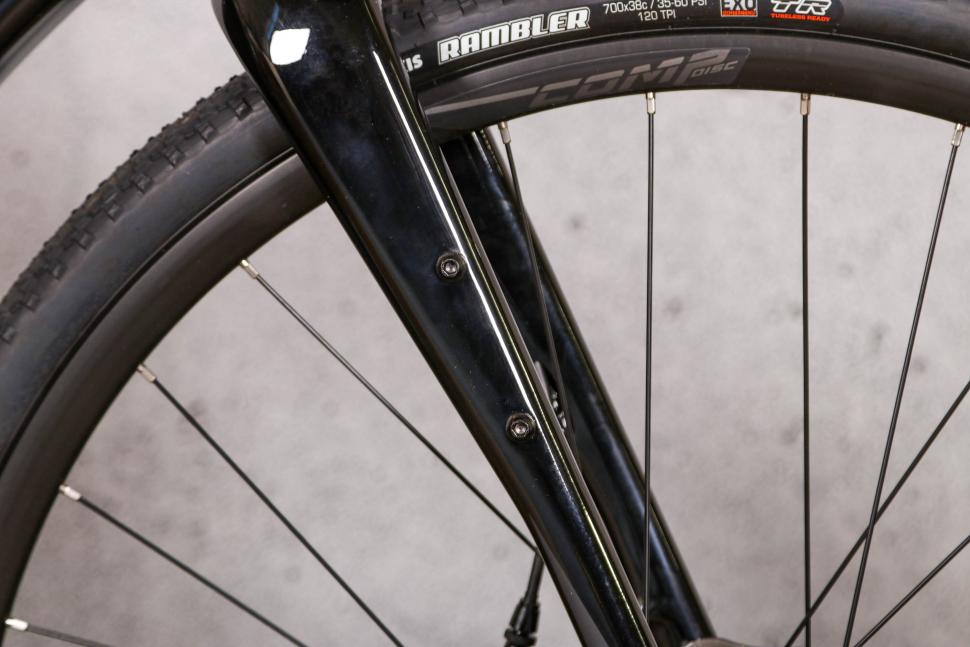
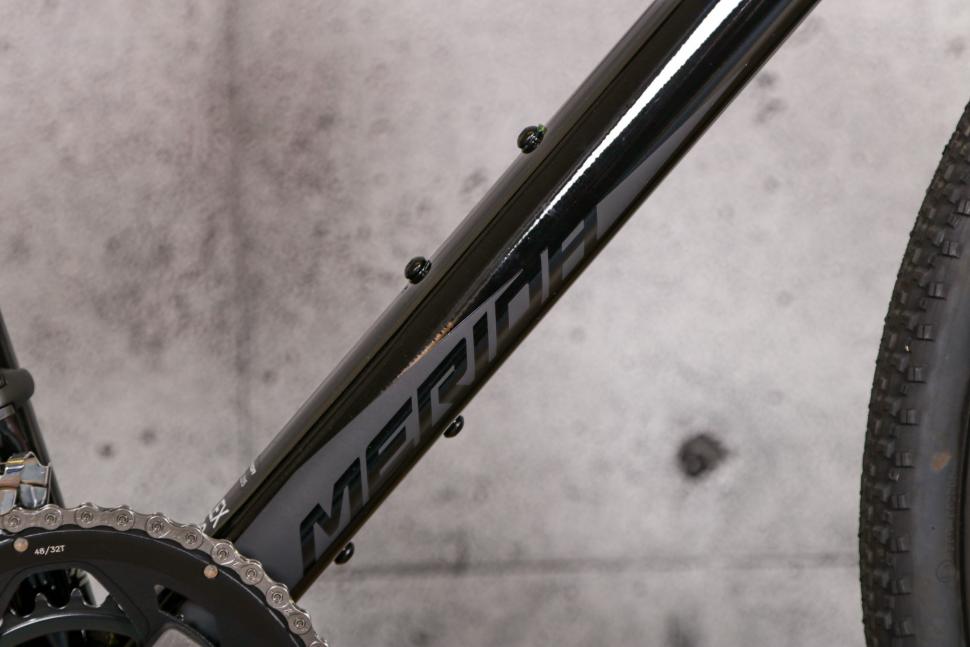

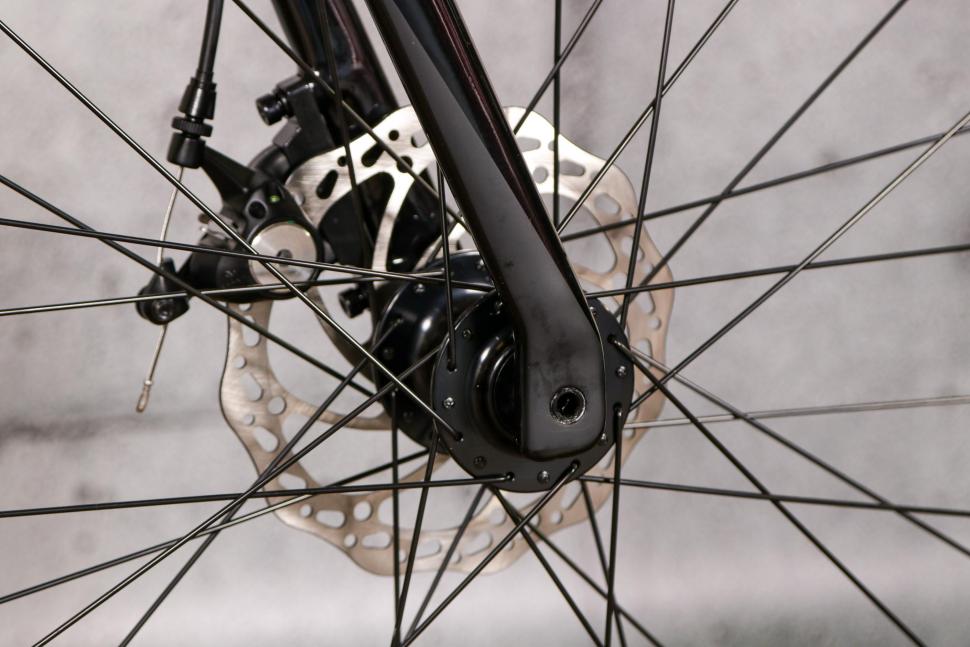
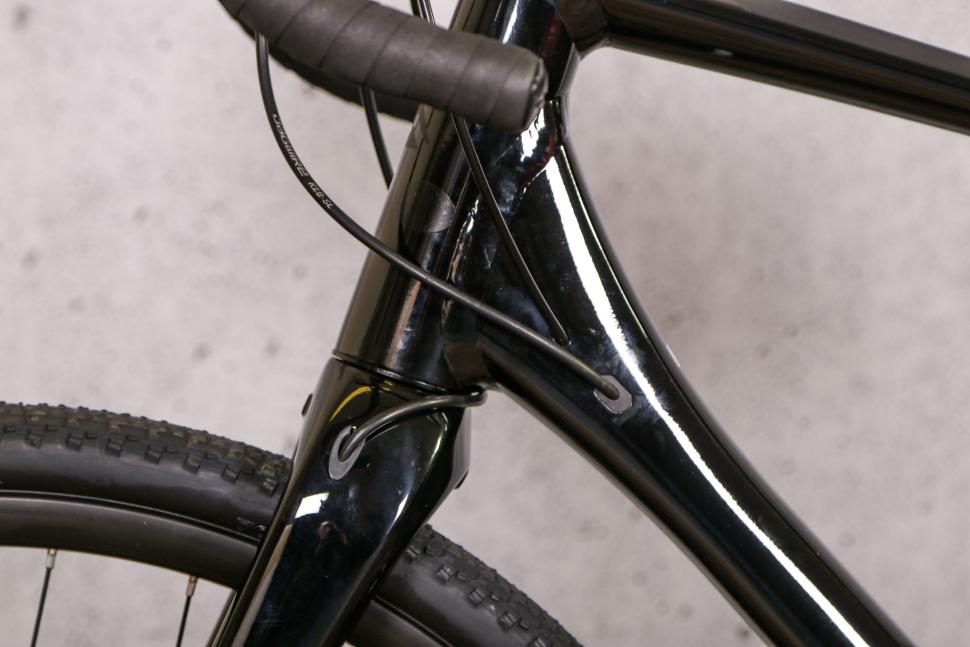


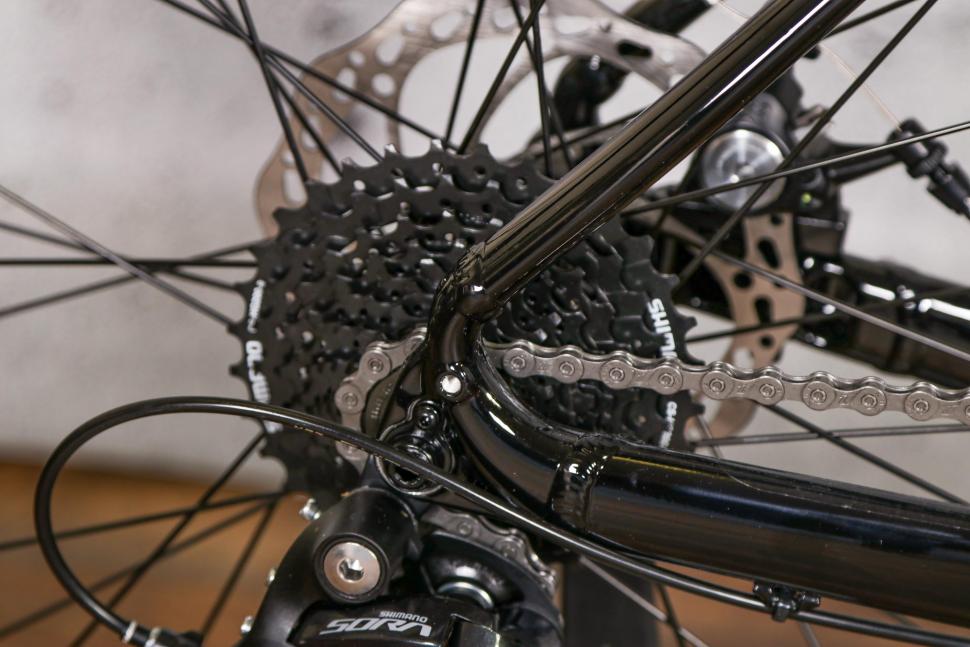
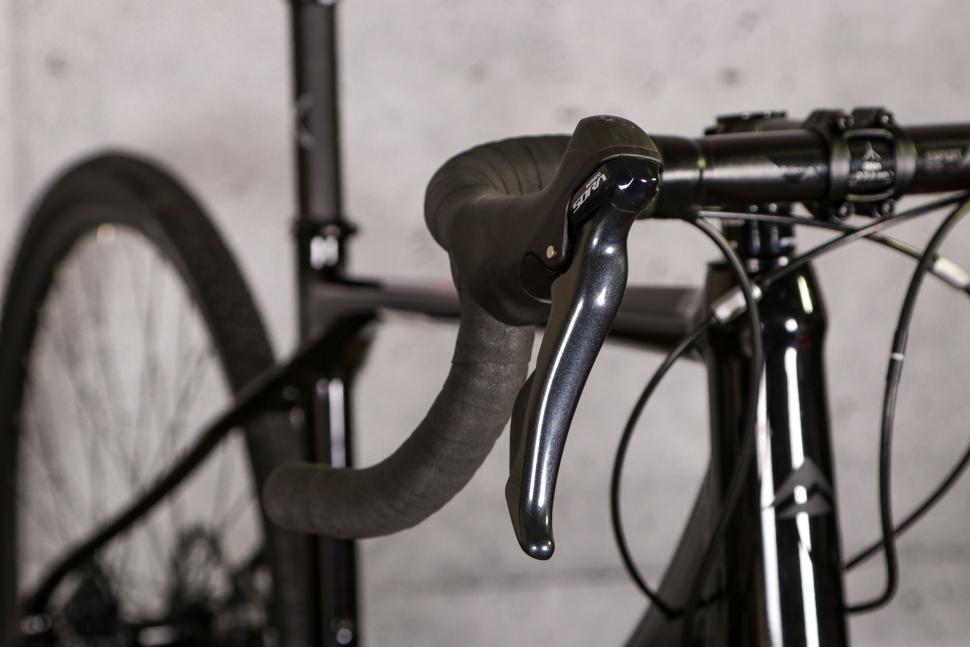
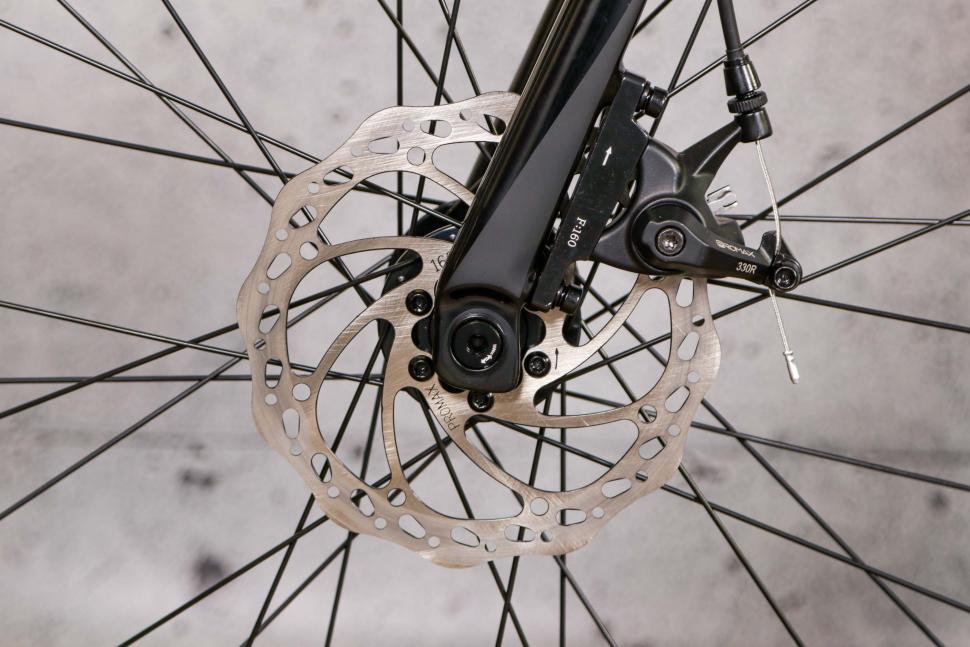
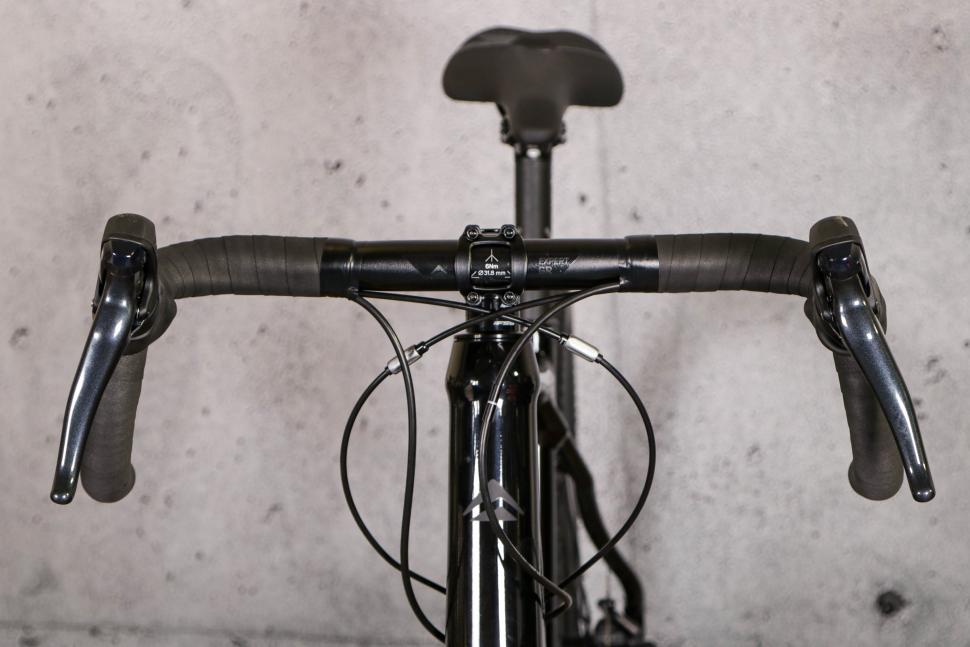
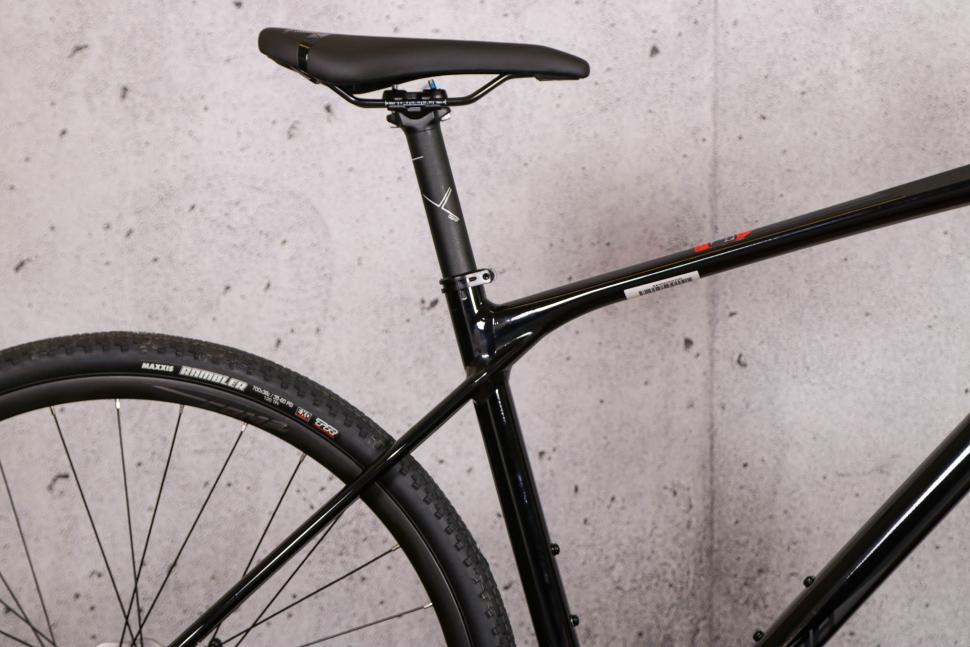
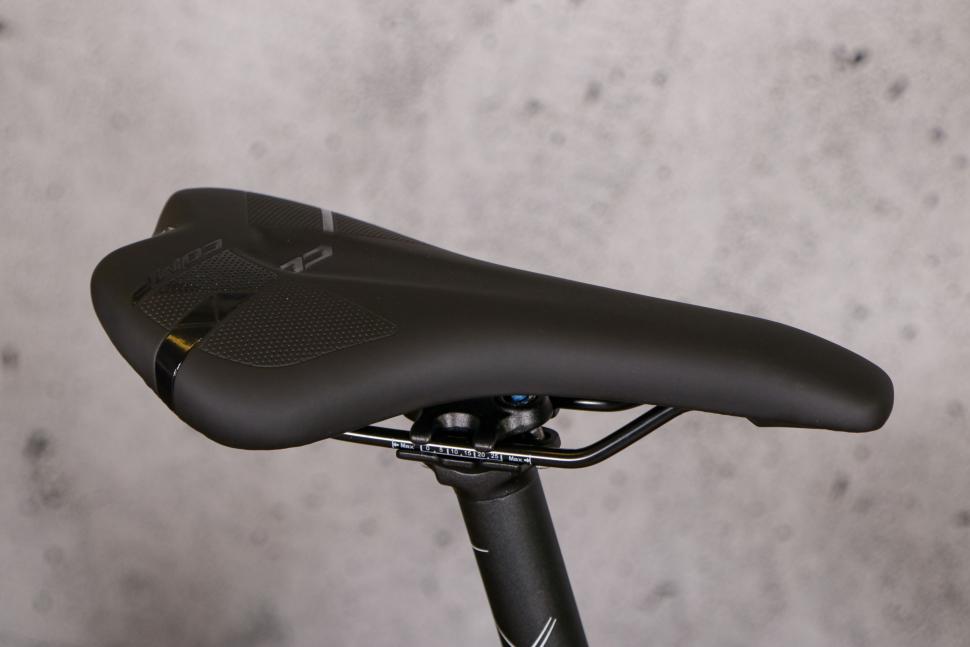

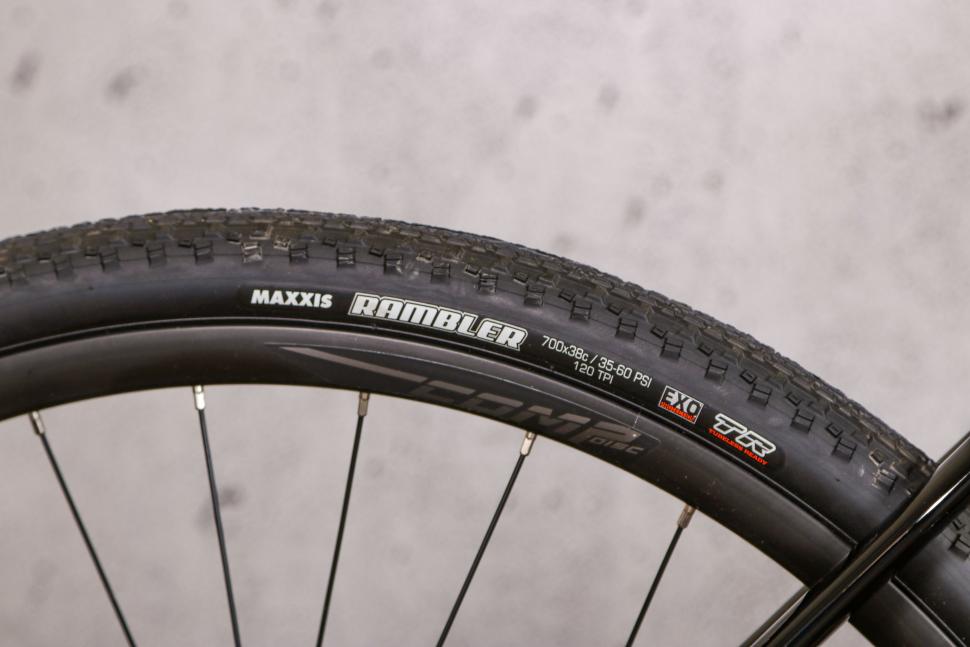


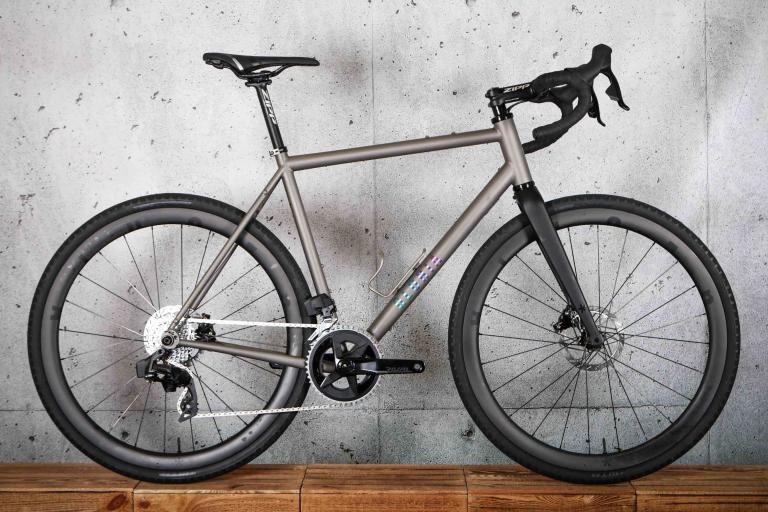
Add new comment
2 comments
The front brake might work better if it were routed correctly.
I concur.